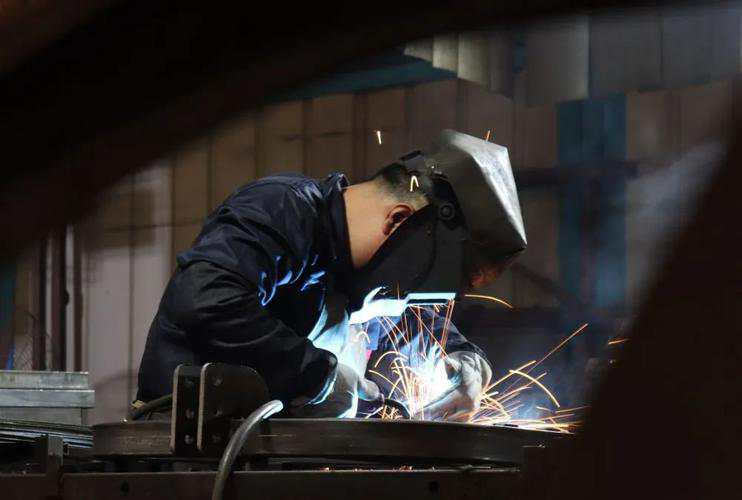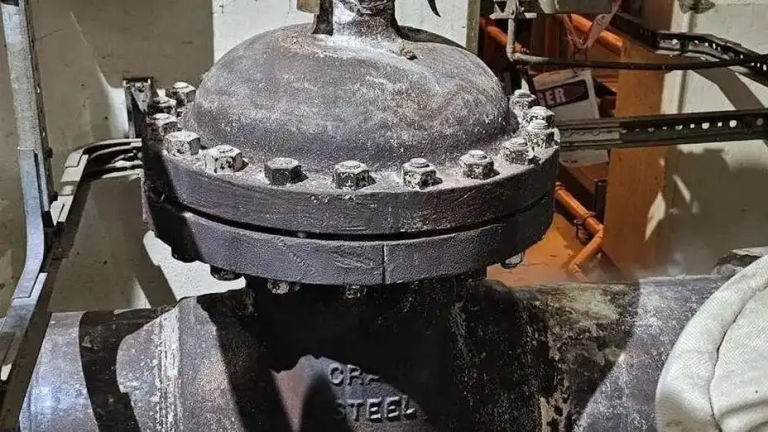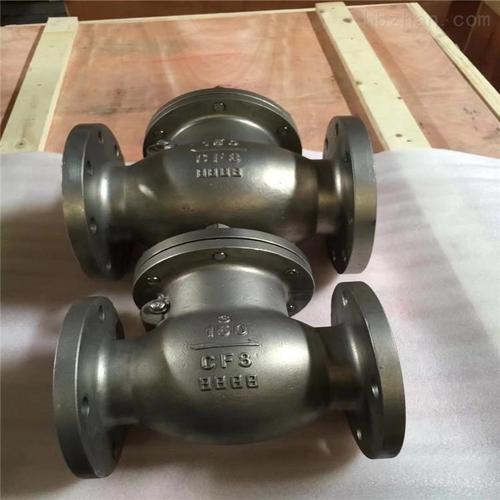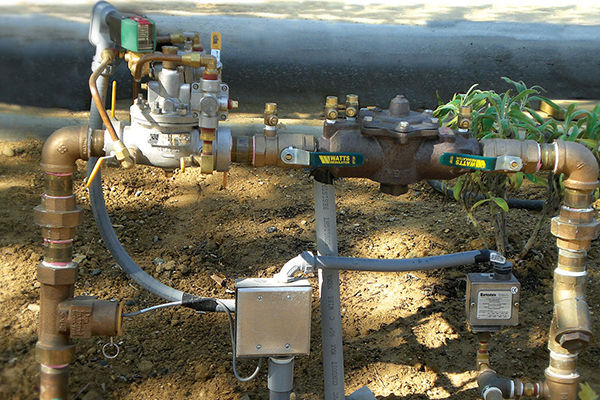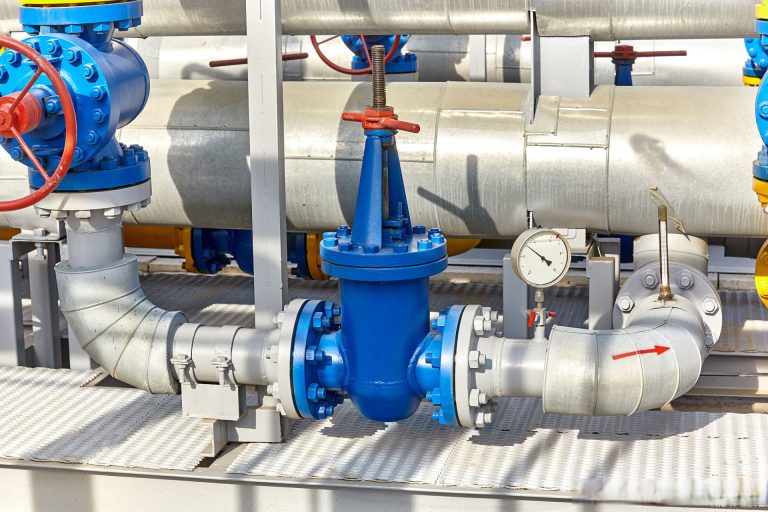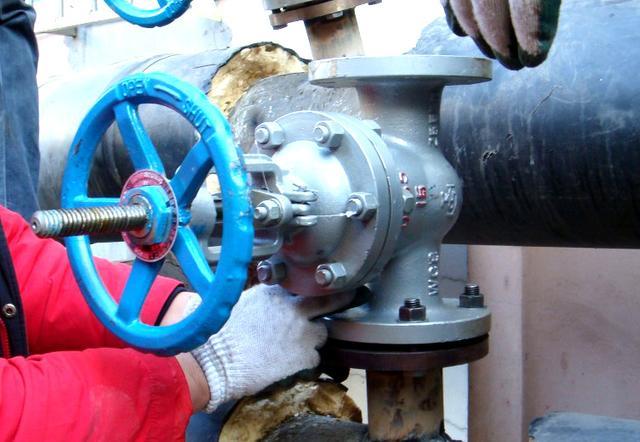Steps and Principles for Valves Selection
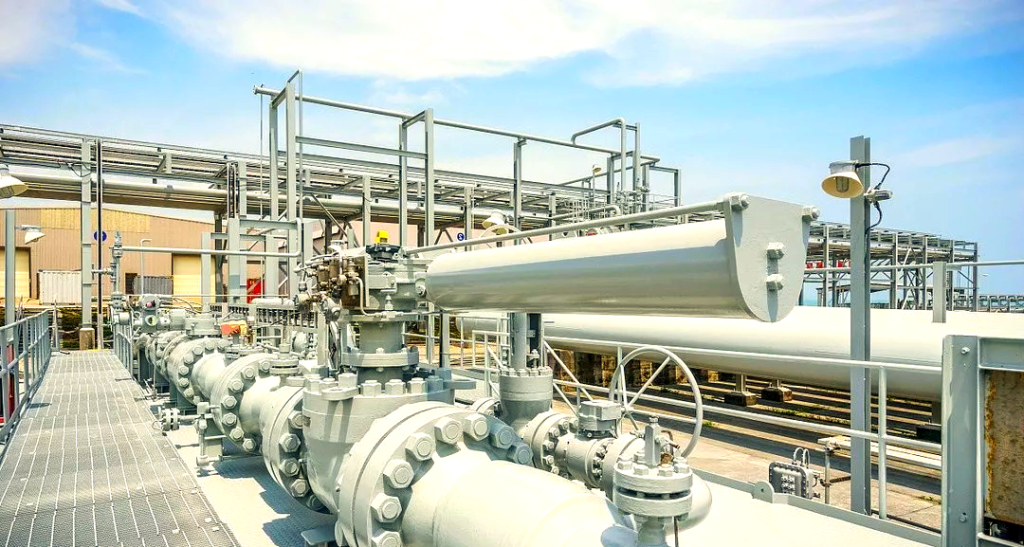
When selecting a valve, certain steps and criteria need to be followed.
- Firstly, it is necessary to clarify the purpose of the valve in the equipment or device, and determine its working conditions, including the applicable medium, working pressure, and working temperature, etc.
- Secondly, the nominal diameter and connection method of the pipeline connected to the valve need to be determined.
- In addition, the operation mode of the valve, such as manual or electric operation, also needs to be determined.
- At the same time, according to the medium transported in the pipeline, the working pressure, and the working temperature, select appropriate materials for the valve body and internal parts.
- Next, determine the type and style of the valve, as well as the parameters that need to be paid attention to, such as the allowable flow resistance, discharge capacity, etc.
- In addition, it is also necessary to determine the geometric parameters of the valve, such as the structural length, the form and dimensions of the flange connection, etc.
- Finally, existing materials such as valve product catalogs and samples can be used to select appropriate valve products.
In terms of the basis for valve selection, factors such as the purpose of the valve, the operating conditions, the control mode, the properties of the working medium, the requirements of the fluid characteristics, the installation dimensions, and the external dimensions need to be comprehensively considered. These steps and criteria will help you make a wise choice of valves.
Consider additional requirements such as the reliability and service life of the valve product, and the explosion-proof performance of the electric device.
When determining the valve parameters, special attention should be paid to: if the valve is to be used for control purposes, then additional parameters such as the operation method, the maximum and minimum flow requirements, the pressure drop during normal flow, the pressure drop when closed, and the maximum and minimum inlet pressures of the valve must be clearly specified.
By following the above mentioned basis and steps for valve selection, in order to make a wise decision, we must have a detailed understanding of the internal structure of various types of valves. After all, the valve is the final control element of the pipeline system. The design of its opening and closing parts determines the way the medium flows inside the pipeline and the shape of the valve’s flow channel endows it with specific flow characteristics, which is particularly crucial when selecting the most suitable valve for installation.
When selecting a valve, the following principles should be followed:
Valves for shutting off and opening the medium.
Valves with a straight through flow channel are usually the first choice for shutting off and opening the medium due to their relatively small flow resistance. In contrast, downward closing valves (such as globe valves and plug valves) are less preferred because of their tortuous flow channels and higher flow resistance. However, in situations where a higher flow resistance is acceptable, these types of valves can still be applicable.
Valves for controlling the flow rate.
Generally, we tend to choose valves that are easy to adjust the flow rate for flow control. Downward closing valves, especially globe valves, are very suitable for this purpose because there is a direct proportional relationship between the size of the valve seat and the stroke of the closing part. In addition, rotary valves and flex body valves can also be used for throttling control, but they are usually only applicable within a limited valve diameter range. It should be noted that gate valves are usually not used for flow control due to their special opening method.
Valves for diverting and reversing the flow.
These types of valves need to have three or more channels to meet the requirements of diverting and reversing the flow. Plug valves and ball valves are very suitable for this purpose due to their unique structure. However, in some cases, by properly connecting two or more other types of valves, the function of diverting and reversing the flow can also be achieved.
Valves suitable for media with suspended particles.
When there are suspended particles in the medium, valves that have a wiping effect when the closing part slides along the sealing surface should be preferred. If the movement of the closing part relative to the valve seat is vertical, it may clamp the particles, so these types of valves are only suitable for basically clean media or media where the sealing surface material allows the particles to be embedded. Ball valves and plug valves wipe the sealing surface during the opening and closing process, so they are very suitable for media with suspended particles.

